
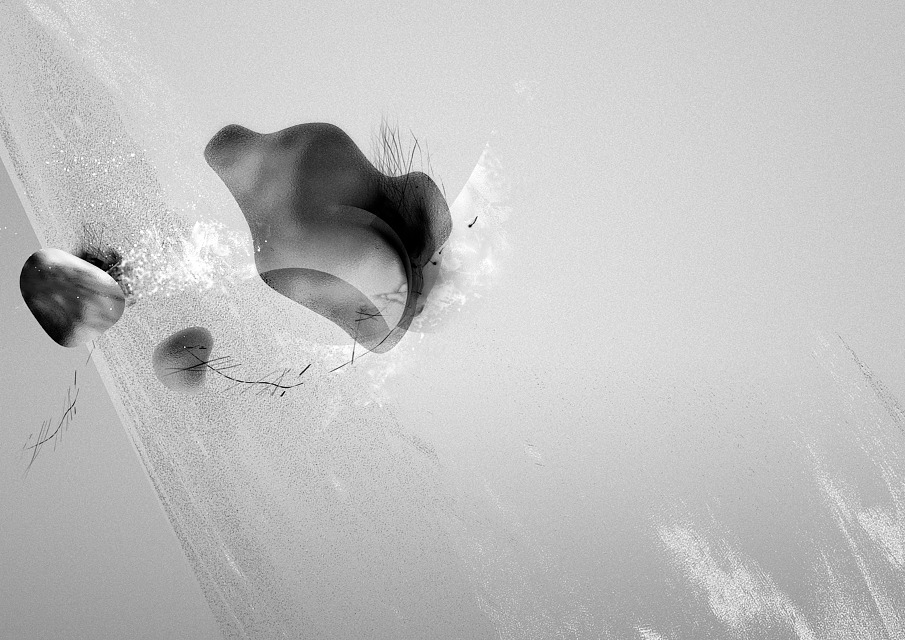
Your illustrations often juxtapose expressive human forms with geometric shapes. What attracted you to geometry and linear art?
I’m attracted by their bivalence. One part expresses their precision, their finitude, clarity and simplicity, the other part expresses their complexity and obscurity. A cube — which stands itself on the space and is made of wood, of steel or of other matter — in the first instance is matter, an accumulation of quantifiable matter. That is quantitative, just a thousandth of a millimeter out of its limit and the cube is no more; it is finished, begins at x and ends at y and z. This mathematical matrix we find from the micro- to the macro-cosmos: this is the matter’s limit, of reality.
At the same time, something that is so clear and specific encloses in itself unfathomable enigmas and mysteries. Science progresses at a speed that, until a few centuries ago, was impossible. We have available more and more new technologies that analyze, measure, catalog phenomena and explain laws. But in fact, they accumulate question after question, until a new truth is acquired, new scenarios are opened, and they bring new questions. The more we know, the more we have to know, and yet all can be explained with a simple cube that goes from x to y and z, but this simple cube brings with it unfathomable enigmas. Maybe they should be dealt with other instruments, with other knowledge and sensitivity.
Science approaches phenomena, trying to unravel the why of things, but it is in front of the how of things: how do they work? The question of why is the ultimate question and the answer can be only philosophical, because it is the question itself that is philosophical, metaphysical. Ultimately this is what fascinates me in geometric forms, this intrinsic paradox that is a challenge to the rationality of whole, which is a vertigo. When I meditate on this, I feel a little like the characters of my works: boxed, in a cage.
In what ways do you believe your geometric shapes can help express emotion? Are there certain shapes that express specific emotions?
In my work, I don’t worry so much about emotions associated with specific forms. They aren’t necessarily able to convey that message, even if this is well-known and is in fact a potential of its forms and, ultimately, we can say that it is their end. Rather, I investigate on their simple existence, an existence that conveys the mystery that is matter.
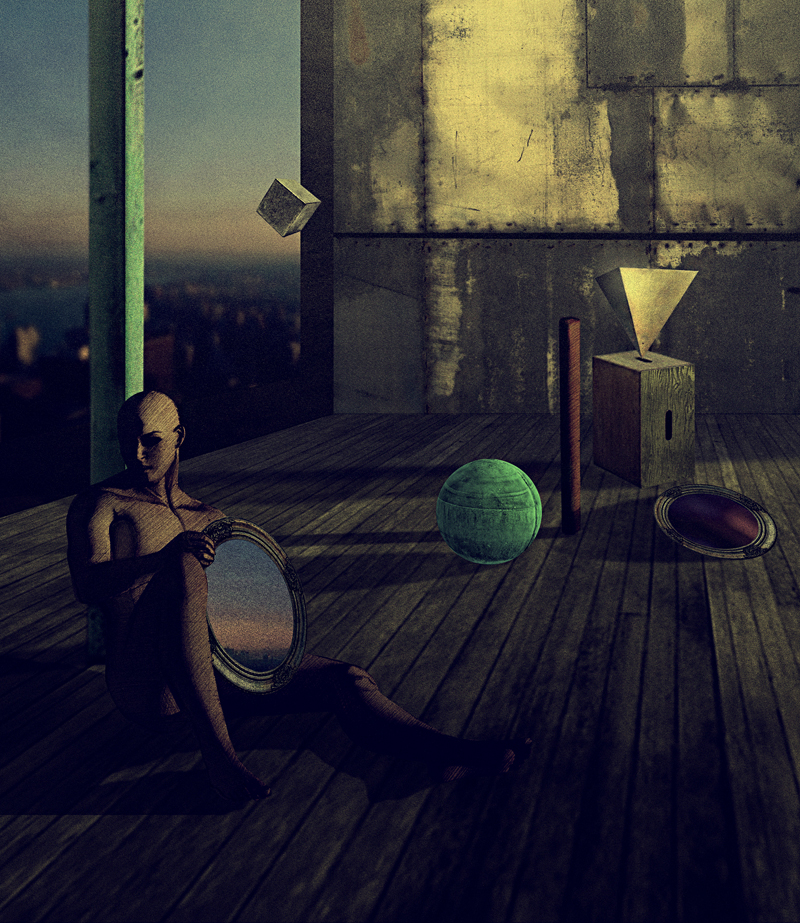
Given that the arrangements of geometric shapes in your images appear very purposeful, what kind of symbolism lies behind the shapes that are found in the worlds of your characters? Is there significance to their placement in your compositions?
What I’m trying to get through the composition and its elements is just a cage. Possibly the most rigid geometric structure of the composition serves me to get precisely the rational aspect of reality that I mentioned above. To show the real as so rigid means to reveal it in its simple existence. A plus of the real, it’s as if things, objects and shapes scream their existence; a scream that carries its own enigma and it becomes impossible not to feel.
Would you say there is a unifying theme or struggle that express in your artwork, through your characters?
The conflict that my characters experience is of not finding the reality satisfactory — they suffer it, they flee it. The reality, with its bounds and its sickly certainty to exist, disgusts, bores, but at the same time is a source for extreme meditations. My characters, who are more or less aware of the things’ mystery and the universal laws, are placed in front of them suffering it. They analyze, contemplate; they know to be objects between objects, things among things, matter among other matter, but with the fundamental difference of being able to watch inside themselves.
The human being is one who takes consciousness to exist, and can only feel to be a portion of infinity in a finite body, subjected, as all, to rigid and impassable laws. This is the condition of the human being, his dramatic conflict — being one single. Not in the sense of being unique, but in the sense of being one, a unit given birth to by the primordial and thrown into the flow of existence; an experiment as free as all that aims secretly to reconcile with the absolute… Ultimately we return to the old “to be or not to be”. Never other words were more revealing of the human condition, and to be, in the final analysis, is to act. To be here and now it means this: living, evolving and being consumed, to be left in flow, and to die.


A few of your works have a collage quality: what is your process of developing narrative from the fragments you find or create?
I believe that my work can be defined as digital collages. They possess the form and the creative process which consists in grasping, stealing, or rather in borrowing elements from the image’s culture, to give them a new meaning, to drop them into new contexts, to manipulate them. Other elements, however, are created from nothing, for lack of satisfactory forms for me.
So let’s say that the result is a mix of already existing borrowed forms and elements created by me, which are drawn or photographed, and forms born purely from the graphic software. All this under the sign of an economy of means and resources, and an eye to the already done. Today the culture of the image is overbearingly present; we have available an infinite library that grows exponentially. Every day new creations come to light, new forms are born out, something is interesting, and many more are obscene. A lot of rubbish emerges forcefully demanding attention but often, and luckily, I add, it is launched in the constant stream of images that don’t take away and don’t add any value. They fall pitifully, they perish and die of their ephemeral substance. Nothing absolute overlooks and persists.
An artist worthy of this adjective can’t reckon with this aspect of creation. We should get used to the silence, to the white page. We should assimilate [Stephane] Mallarmé’s lesson that, in this contemporary world, is even more valid. I don’t mean that my work is more necessary than others; I just say that this concept is present in me. It influences my creative act which runs away from this addition of an unnecessary, from this addition of ugly to ugly, superfluous to superfluous… and I think that this is the reason for my limited production.
Massimiliano Grandoni’s Top Three
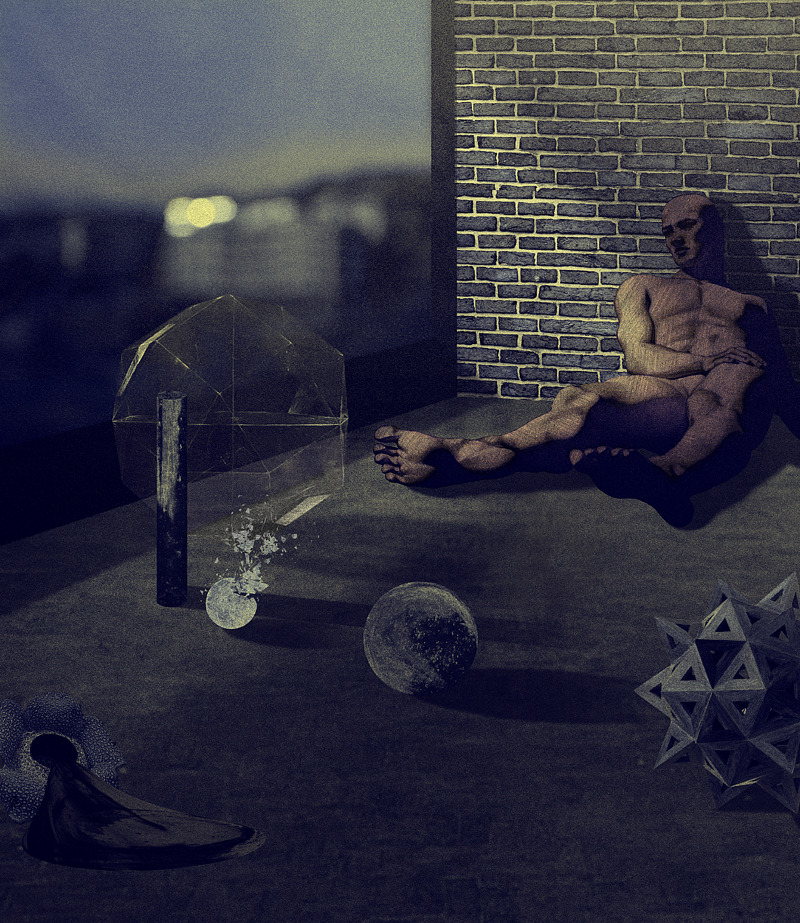

Often this is revealed to us in an unconscious and automatic way. I mean that, animated by craving of desire, from this “voluntas”, we often act like automatons, and the mere fact of desiring and to act puts us in the condition of beings unfinished, in constant search of what we believe missing.
But in fact I wanted to understand how and if we can get out of this stage. Then the characters who live in those rooms will refrain from the flow of action and from will for choice. Here then, the reality shows itself senseless, devoid of any utility and purpose, an eternal enigma to decipher, where matter, familiar and unusual at the same time, expresses itself in simple and often archaic forms. Showing a failure to use and remembering our limits of all that exists, what do the things that exist show themselves for? Perhaps for being codified precisely, and transformed from raw matter to something else in an alchemical game that expresses all the metaphysical of the real.
– Massimiliano Grandoni

Ω

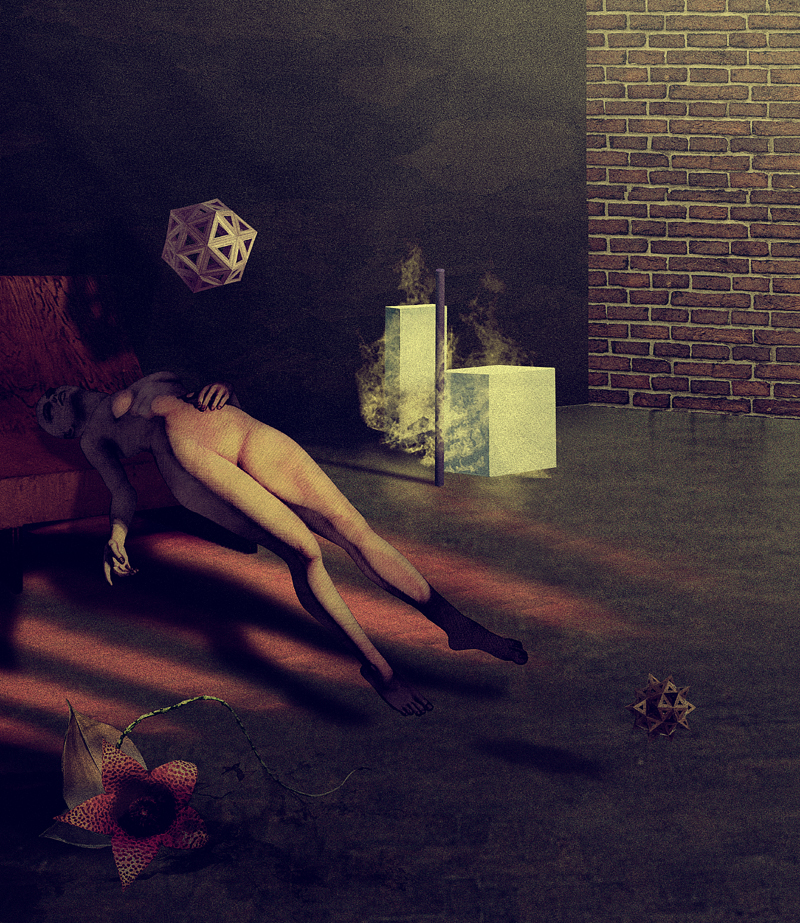
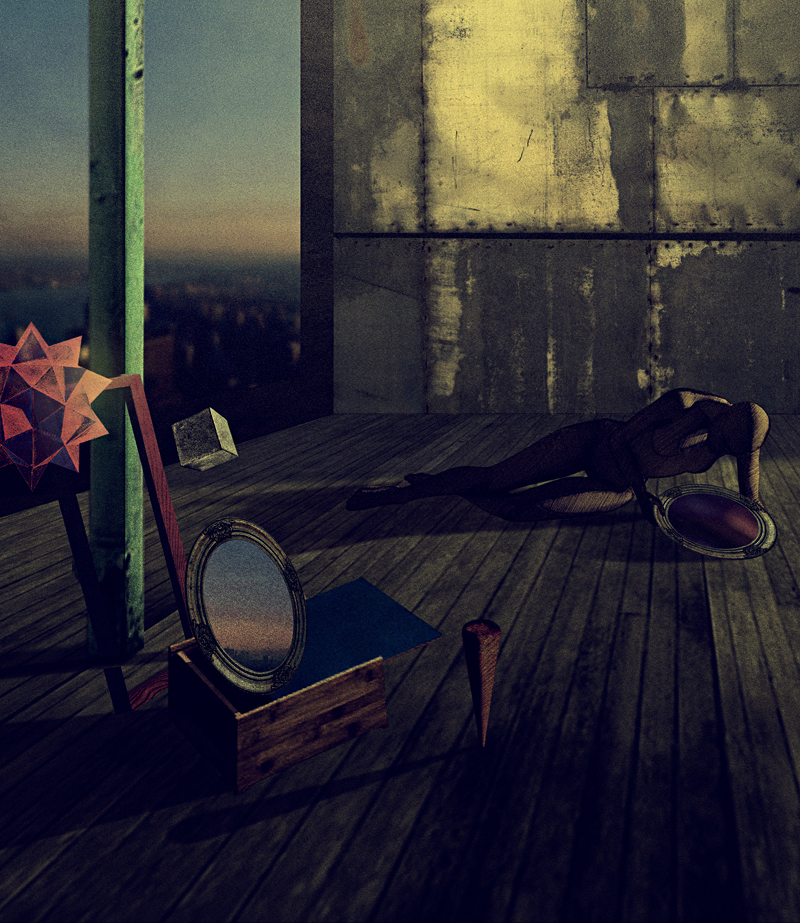


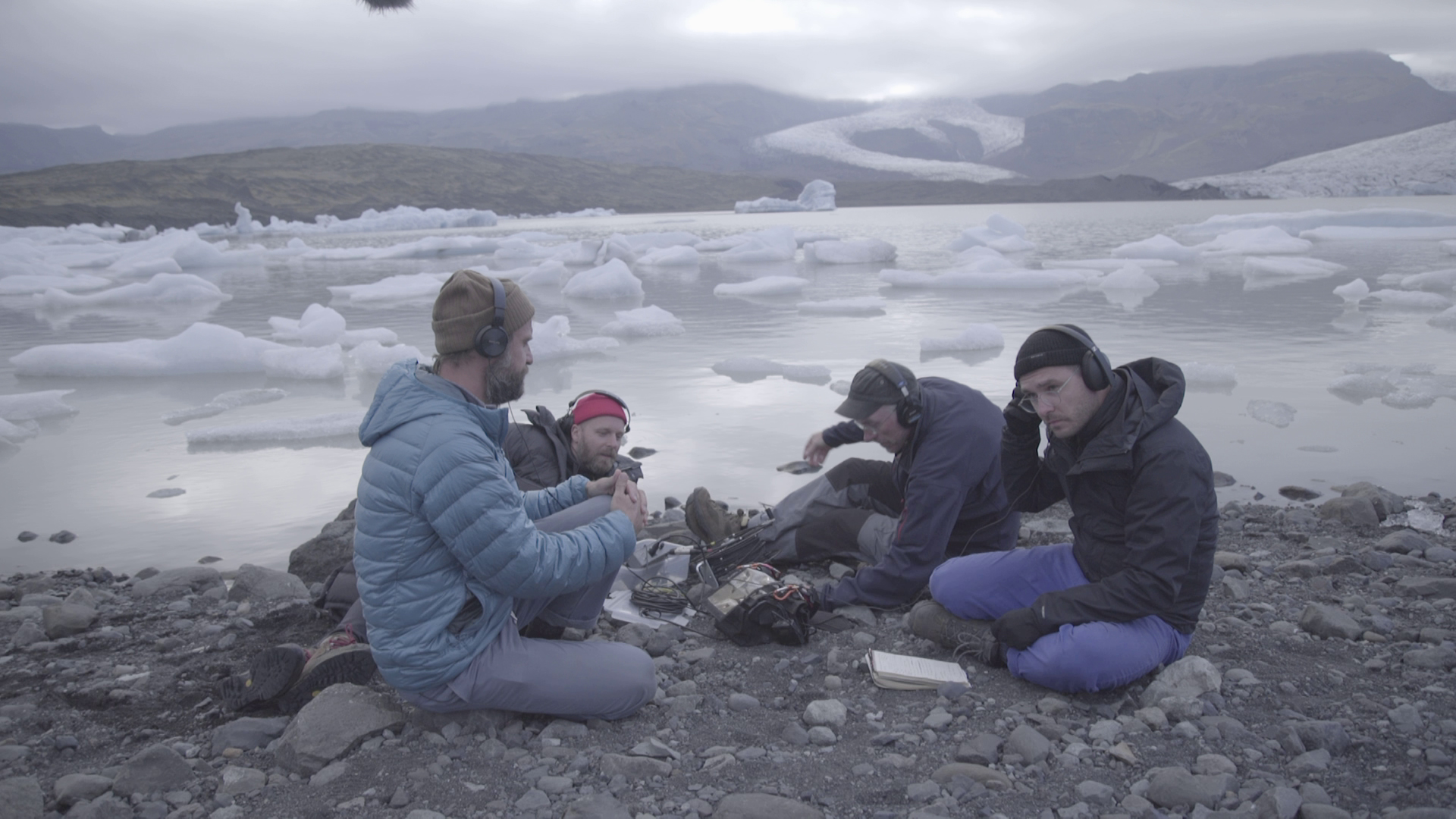
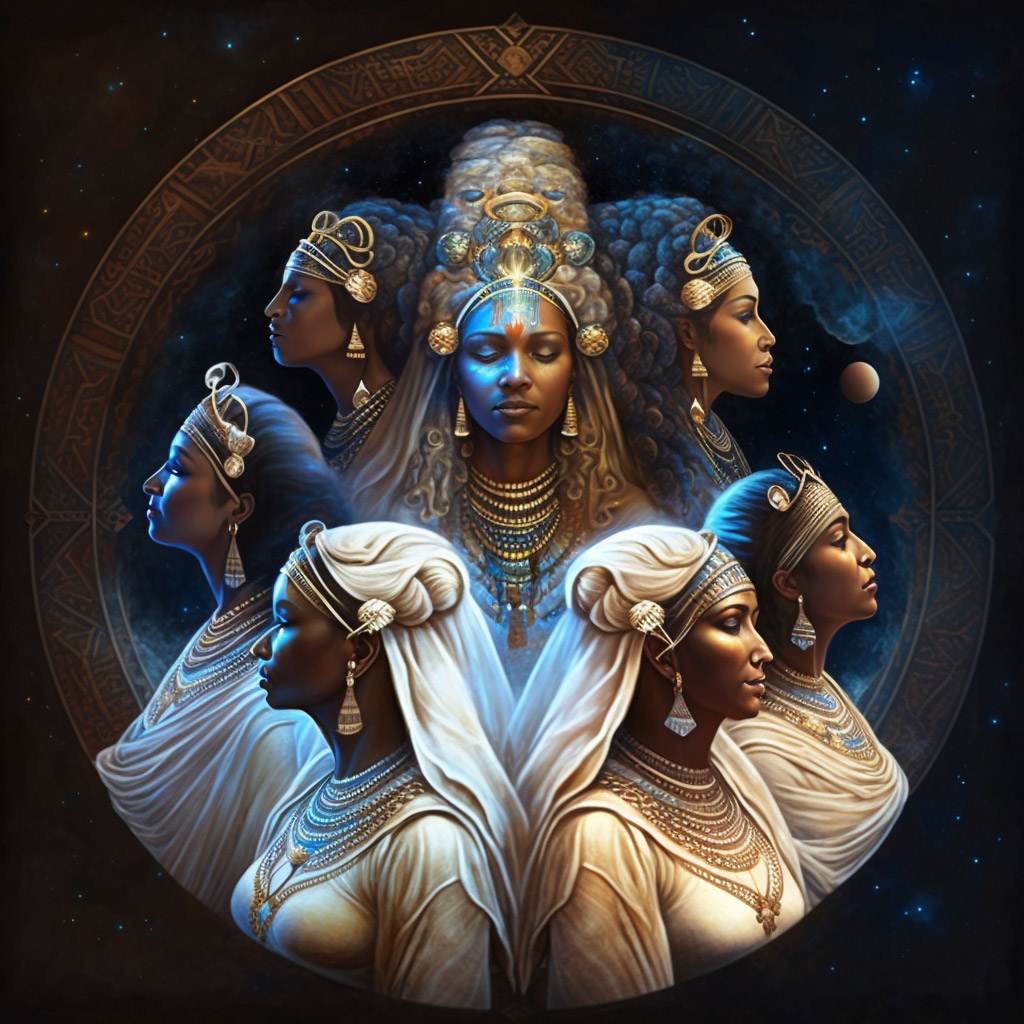
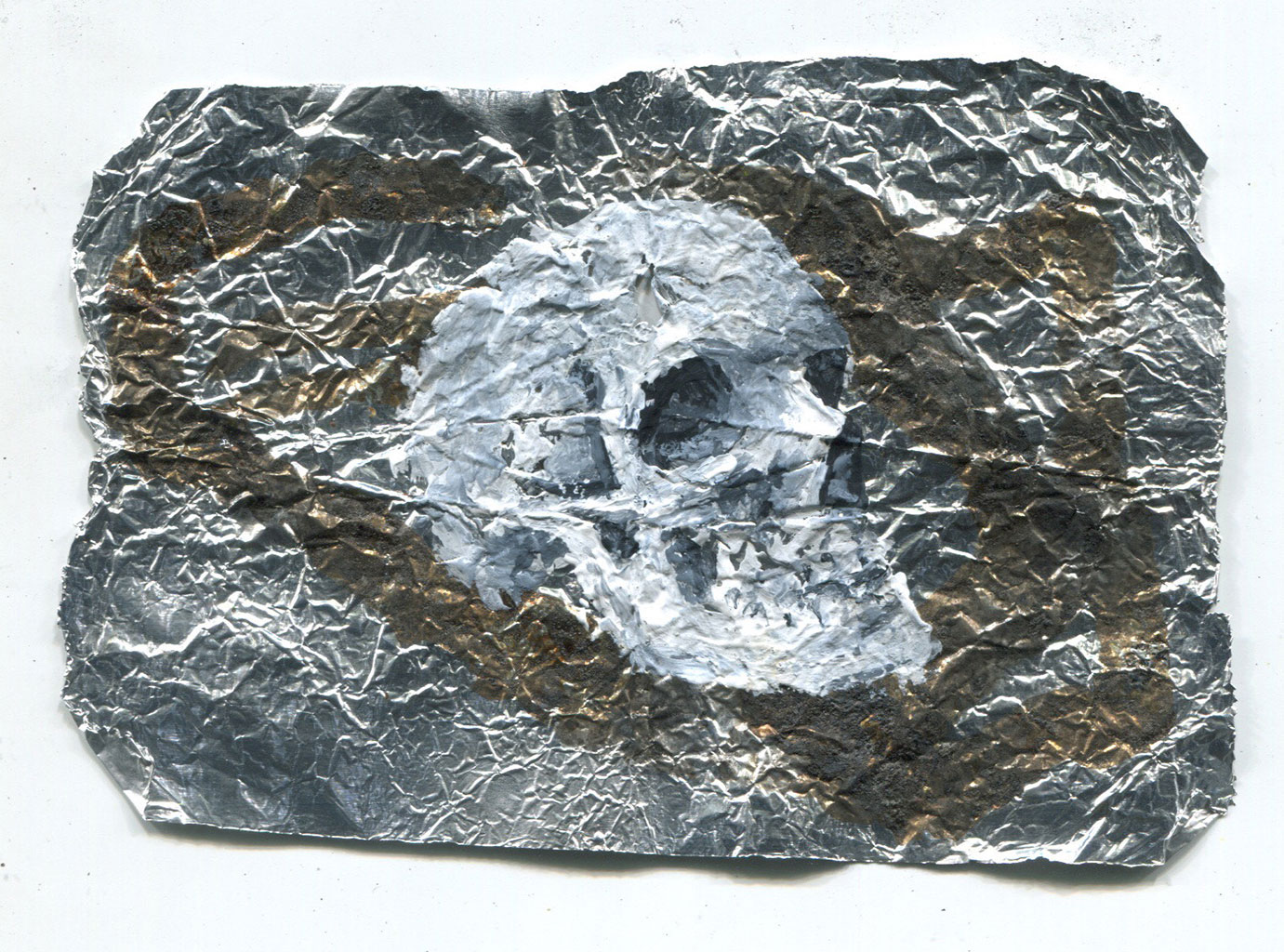
[…] Massimiliano Grandoni Artist Interview: Expressing the Poetry of Quantifiable Matter: http://www.redefinemag.com/2013/massimiliano-grandoni-artist-interview/ […]